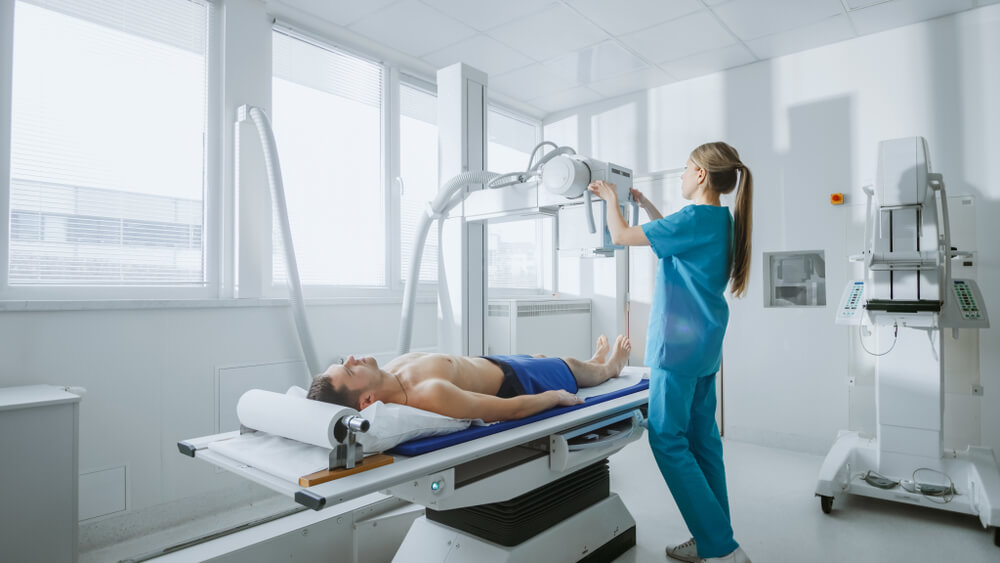DIAGNOSIS
An iodine-containing dye is inserted intravenously into the blood to administer an IVC. Then the pigment, absorbed by the liver from the blood expels it into the bile. The iodine is sufficiently concentrated enough before it enters the bile. The gallbladder does not need to further refine it to find the bile ducts and any gallstones that might be inside them. As the iodine-containing bile can bypass the gallbladder entirely and discharge directly into the small intestine, the gallbladder is not often seen on an IVC.
Risks of an intravenous cholangiogram
There are occasional extreme allergic reactions to any dye containing iodine. Typically, these responses are usually treated, although they rarely lead to the death of the patient.
In recent years, the use of intravenous cholangiography has dropped dramatically, primarily due to the modern and safer biliary device imaging procedures, including high-quality ultrasound. However, the procedure is sometimes used to test bile duct pathology before surgery with laparoscopic cholecystectomy. Appropriate protection of the reported intravenous cholangiography with meglumine iotroxate. Reactions are generally not very common with current intravenous cholangiography agents than with angiographic agents, contrary to popular consensus.
Its usage was often limited because when there was more than the least amount of jaundice, it did not work, and all the conditions also produced severe jaundice. Other medical techniques have essentially replaced IVC: endoscopic retrograde cholangiopancreatography (ERCP), endoscopic ultrasound, and, gradually, MRI cholangiography, none of which found jaundice results.


